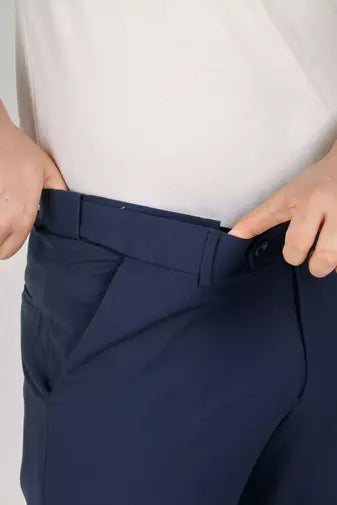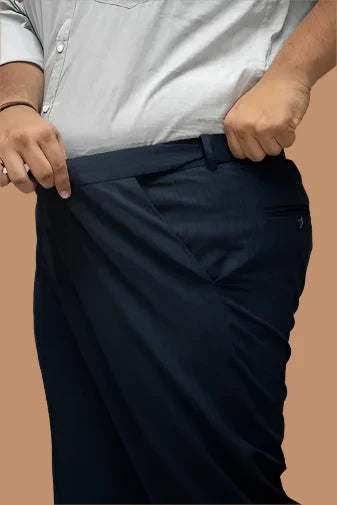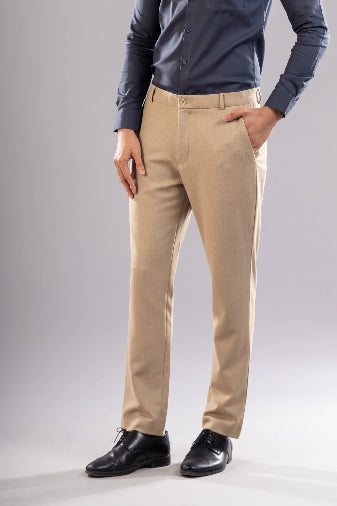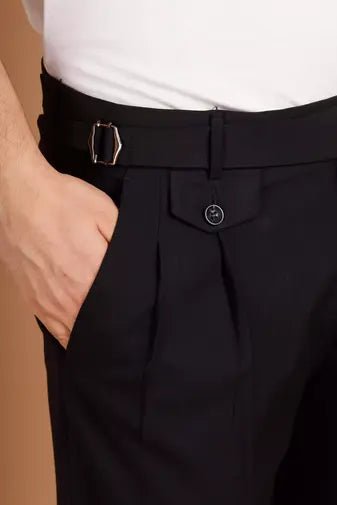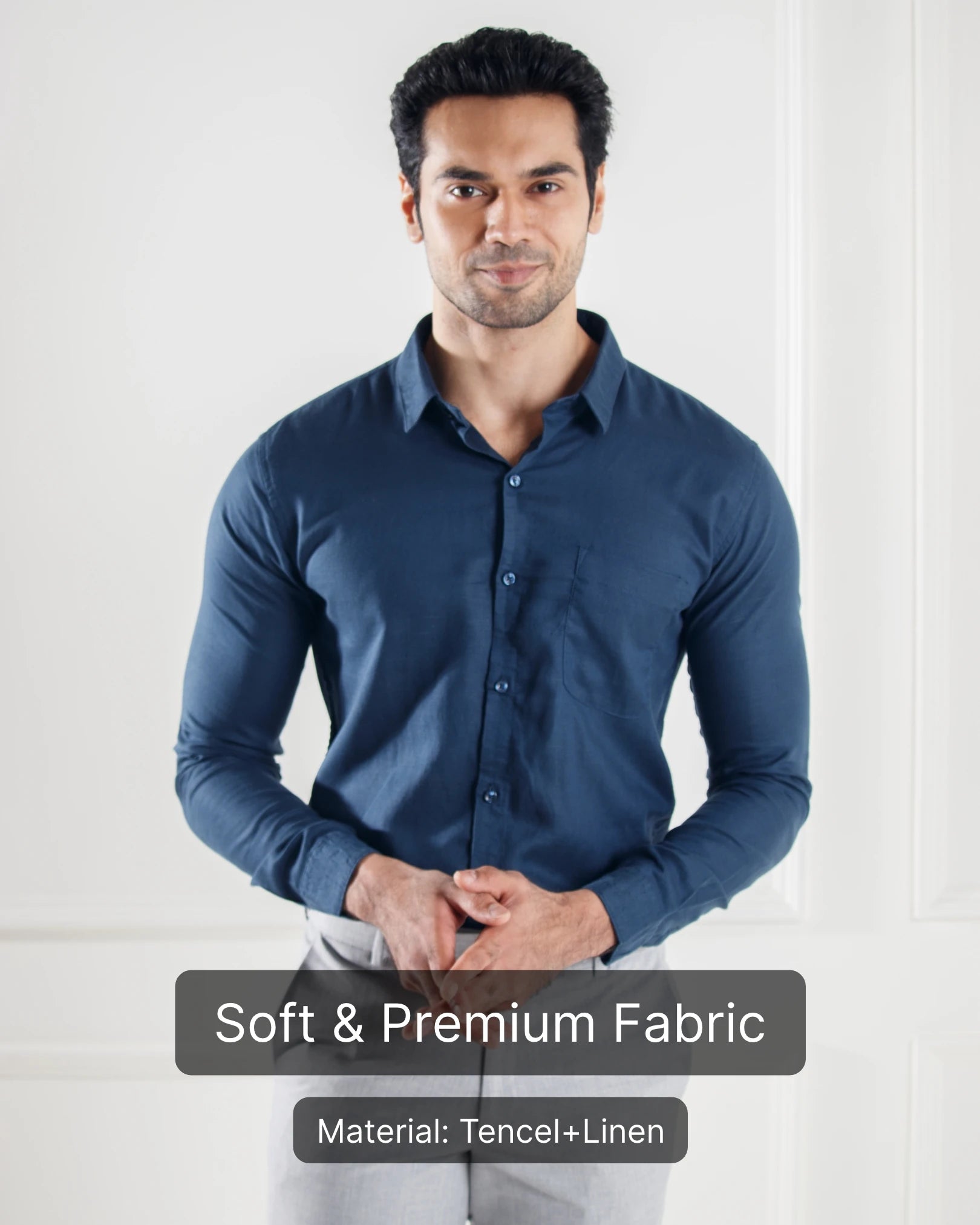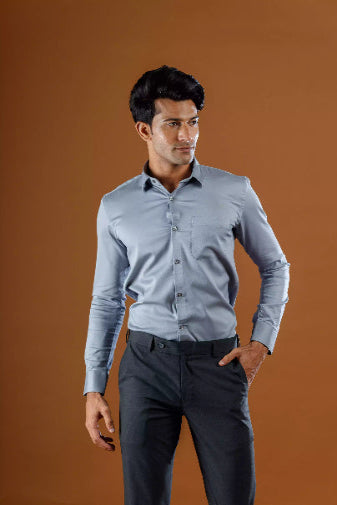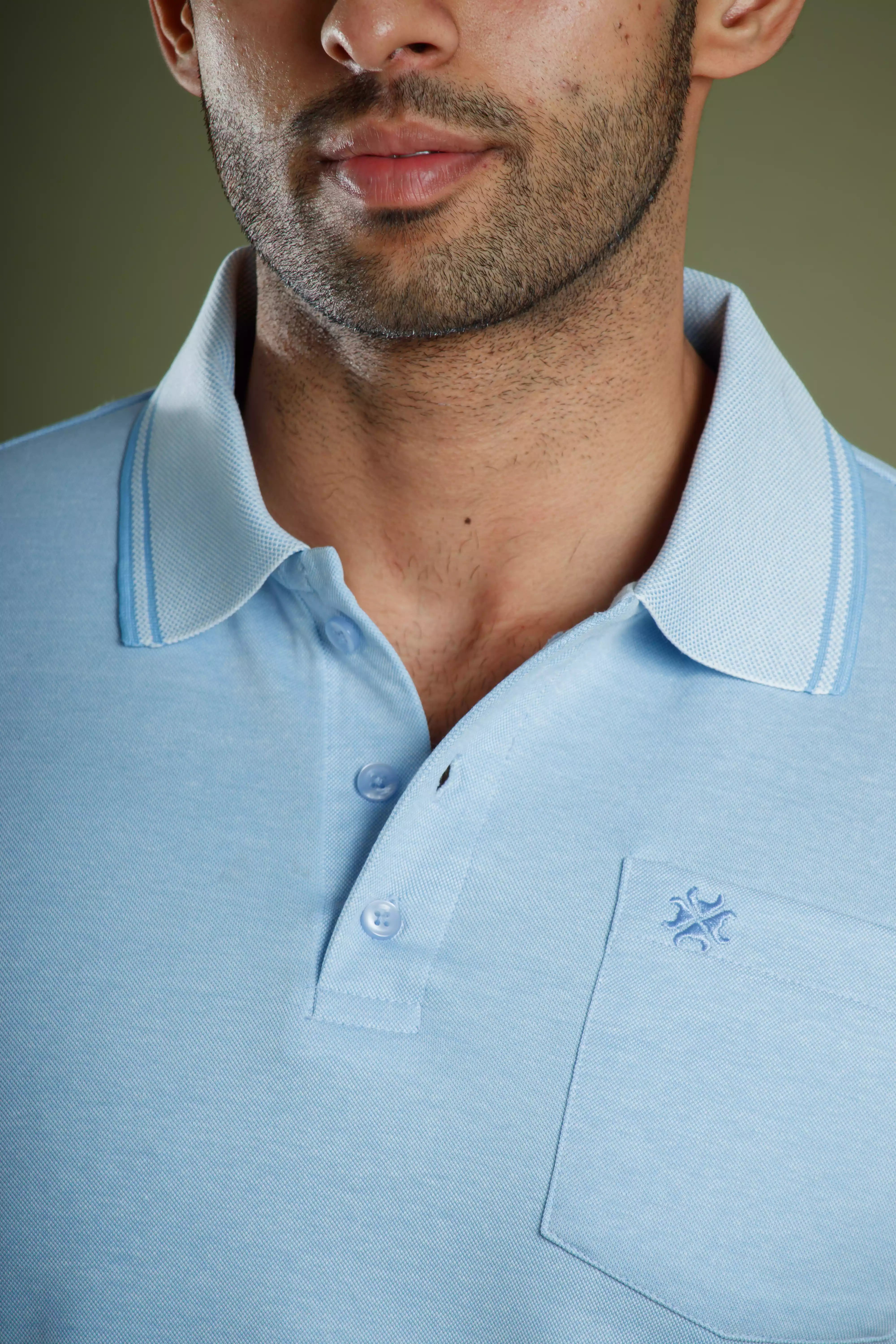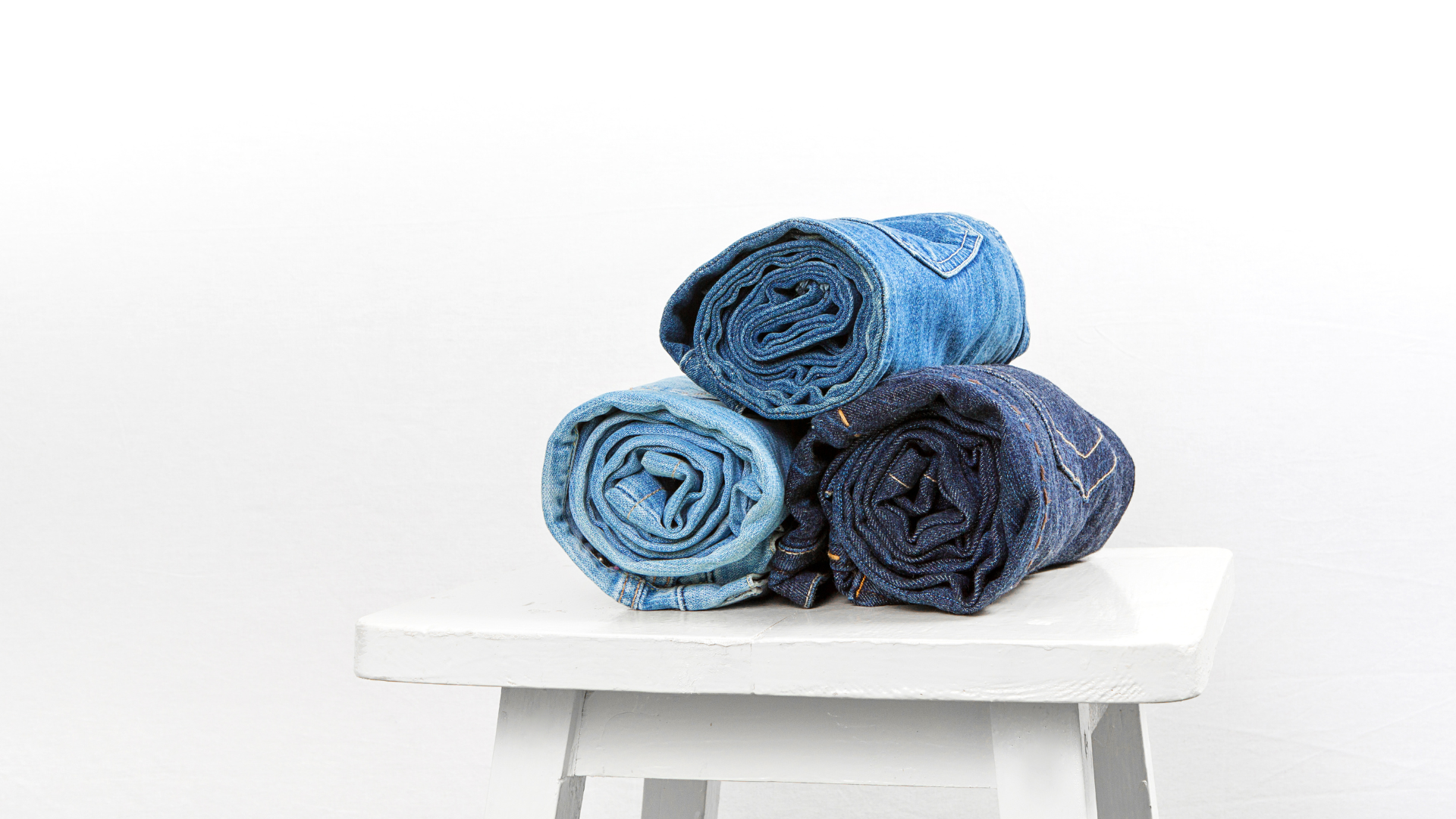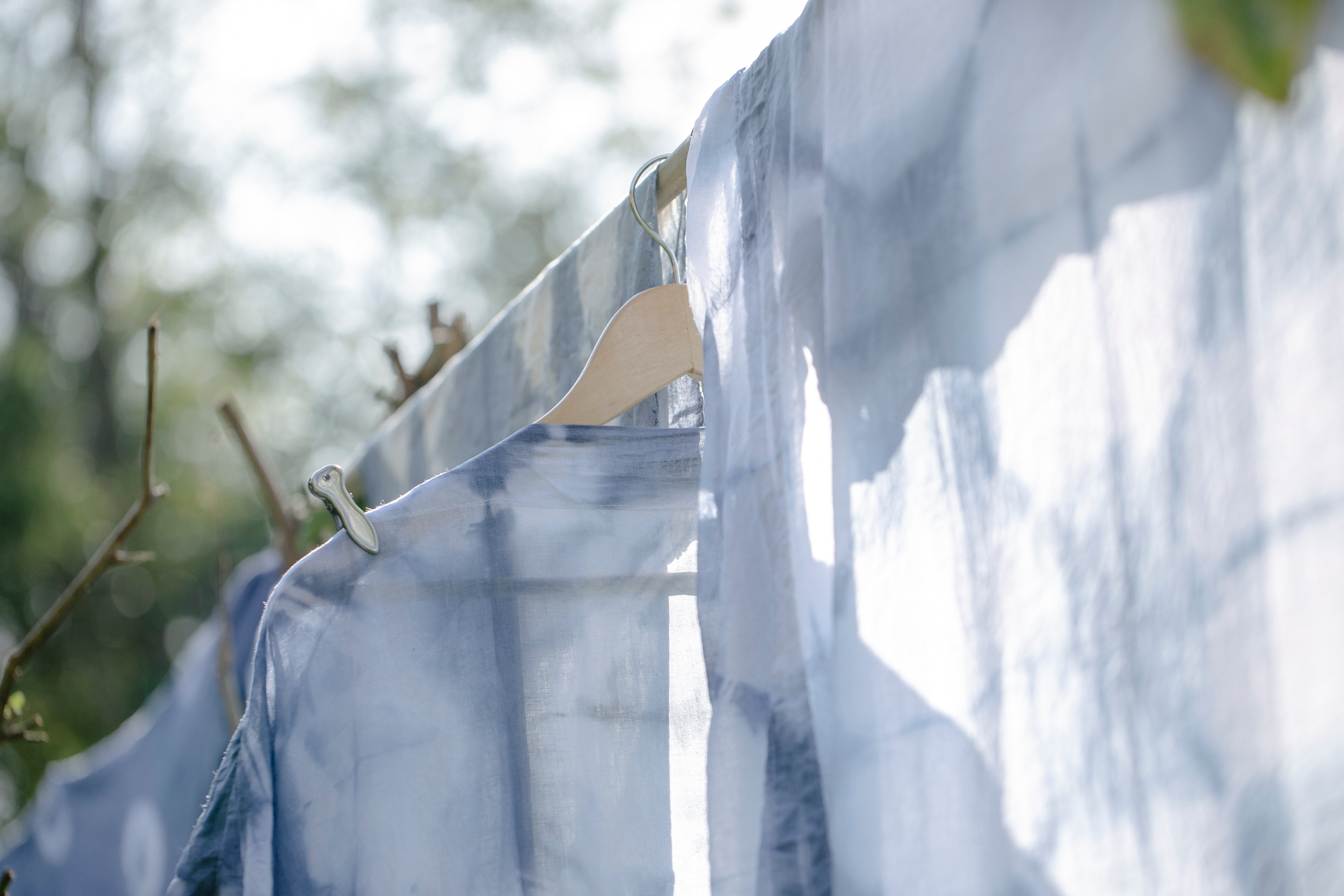Slow fashion is a movement that encourages consumers to be more mindful of their clothing purchases and to prioritize quality over quantity. The goal of slow fashion is to create a more sustainable and ethical fashion industry.
Slow fashion is in contrast to fast fashion, which is the practice of rapidly producing large quantities of cheap, trendy clothing to meet the latest fashion trends. This approach to fashion has become increasingly popular in recent years, leading to a throwaway culture where clothing is seen as disposable and is quickly discarded once it goes out of style. One of the key principles of slow fashion is that clothing should be made to last. This means investing in high-quality, well-made pieces that will stand the test of time, rather than buying cheap, poorly made items that will fall apart quickly. By choosing to invest in clothing that is built to last, we can reduce our overall consumption and waste.
Another important aspect of slow fashion is the focus on ethical and sustainable production practices. This means supporting clothing companies that pay their workers fair wages and work to minimize their environmental impact. This can include using organic and sustainable materials, reducing water usage and pollution, and supporting local communities and artisans.
In addition to supporting ethical and sustainable fashion companies, another way to practice slow fashion is by reducing our overall consumption of clothing. This means making a conscious effort to only buy clothing that we truly love and will wear regularly, rather than filling our closets with items that we rarely wear. It also means repairing and mending clothing when it becomes damaged, rather than throwing it away and buying something new. By practicing slow fashion, we can help to create a more sustainable and ethical fashion industry. This benefits both the environment and the people who work in the fashion industry, and it can also help us to develop a more mindful and intentional approach to our clothing purchases.
Slow fashion can have a number of impacts on the fast fashion industry and its trends. One of the main impacts is that it encourages consumers to be more mindful of their clothing purchases and to prioritize quality over quantity. This can lead to a decrease in demand for fast fashion, as more people choose to invest in high-quality, well-made clothing that will last for a long time.
Another impact of slow fashion is that it promotes ethical and sustainable production practices. This can put pressure on fast fashion companies to improve their own production practices in order to compete with slow fashion brands. This can lead to a shift in the industry towards more sustainable and ethical production methods.
Additionally, slow fashion can also impact the trends that are popular in the fashion industry. Because slow fashion encourages consumers to invest in high-quality, timeless pieces, it can lead to a shift away from the constant churn of quickly changing fashion trends.
In addition, people may be more likely to invest in timeless, versatile pieces that will never go out of style. Having things that do not need replacement over time and are versatile will reduce your cost per wear in the long term. It is very important to be observant about your spending's and make a conscious choice of a greener, ecologically-responsible, and sustainable world.
Overall, while it is difficult to predict the future of the fashion industry with certainty, it is possible that slow fashion could play a significant role in shaping its future.
| Particulars | Fast Fashion Brand | Slow Fashion Brand | |
|---|---|---|---|
| Price | A | Rs. 1500 | Rs. 1500 |
| Number of times used | B | 5 | 25 |
| Cost per wear | A/B | Rs. 300 | Rs. 60 |

